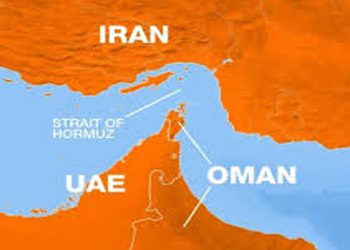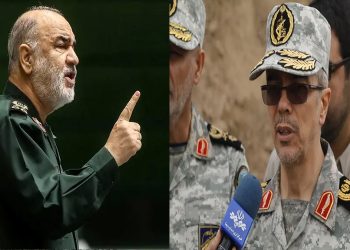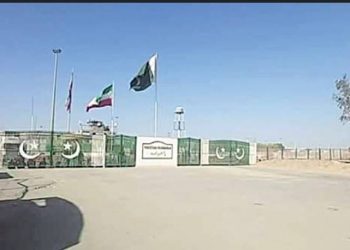ISLAMABAD: Amid rising tensions between South Asia’s two nuclear-armed neighbors, Pakistan initiated Operation Bunyan-un-Marsoos, delivering a comprehensive military and strategic response following alleged Indian aggression linked to the Pahalgam incident.
According to official sources, Pakistan’s response has resulted in significant operational successes and exposed critical vulnerabilities within India’s defense posture. Below is a summary of the key developments:
Air Superiority Contested
In the overnight hours of May 6–7, Pakistan’s air defense forces reportedly shot down five Indian fighter jets, including three French-built Rafales, one Sukhoi Su-30, and one MiG-29. The aircraft were downed shortly after India launched missile strikes across the border.
Indian Drone Swarm Neutralized
Pakistan successfully intercepted and destroyed over 70 Israeli-manufactured drones launched by India, utilizing its integrated air defense network. The move highlighted Pakistan’s preparedness against unmanned aerial threats.
Missile Interception near Dinga
On the night of May 7–8, an incoming Indian missile was intercepted near the town of Dinga in Punjab, preventing a potential escalation and showcasing the efficiency of Pakistan’s missile defense systems.
BrahMos Missiles Taken Down
Between May 8–9, multiple Indian BrahMos supersonic cruise missiles were reportedly neutralized mid-air by Pakistan’s air defense units, marking a critical demonstration of its advanced interception capabilities.
Tactical Strikes on Indian Military Targets
Retaliatory strikes by Pakistan targeted and destroyed multiple Indian military installations along the Line of Control (LoC), including Brigade and Battalion Headquarters, as well as forward operating posts.
Disproportionate Response
While Indian forces reportedly targeted seven locations inside Pakistan, Islamabad responded with precision strikes at 26 strategic sites within Indian territory — signaling a significant escalation in retaliatory posture.
Deployment of Fateh-1 Missile System
Pakistan’s deployment of the Fateh-1 guided missile system reportedly caused substantial damage to Indian airbases and frontline military infrastructure, altering the tactical landscape of the standoff.
Diplomatic Repercussions
The international response largely leaned in Pakistan’s favor. China and Turkey extended vocal support for Islamabad, while Western nations and the United States remained neutral. Israel was the only prominent nation to express support for India, leading to what Pakistani officials described as a diplomatic setback for New Delhi.
Internal Strains Within India Highlighted
Pakistan drew global attention to rising domestic unrest in India, particularly among Sikh and other minority communities, framing the internal dissent as a sign of national instability under wartime pressure.
National Solidarity in Pakistan
The Pakistani public and political leadership demonstrated unprecedented unity and resilience throughout the crisis, in contrast to growing political and social divisions observed in India.
Media and Narrative Dominance
Pakistan’s media and diplomatic channels reportedly outperformed their Indian counterparts, effectively countering misinformation and reinforcing Islamabad’s stance on international platforms.
Strategic and Psychological Upper Hand
Overall, Pakistan claimed both strategic and psychological superiority in the ongoing standoff — asserting dominance in combat operations, diplomatic maneuvering, and information warfare.
















![This handout photo released by the IRGC’s official Sepah News Telegram channel shows smoke billowing from a site bombed by Israel in Tehran early on June 13, 2025 [Sepah News/AFP]](https://mmnews.tv/wp-content/uploads/2025/06/Israel-attack-on-Iran-350x250.jpg)

















